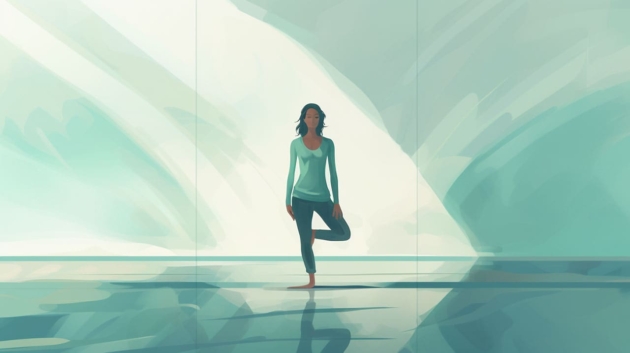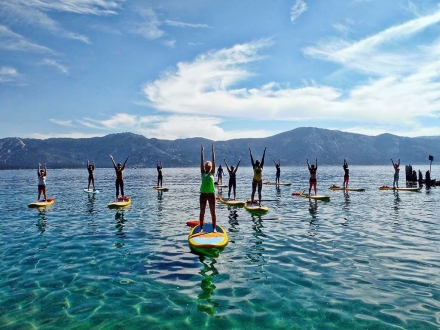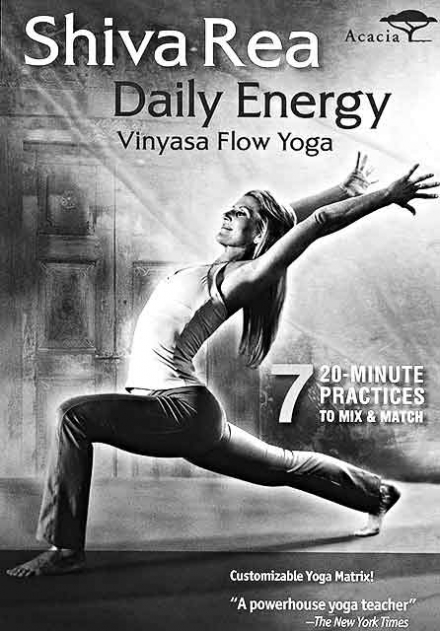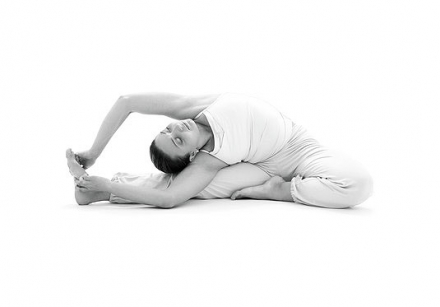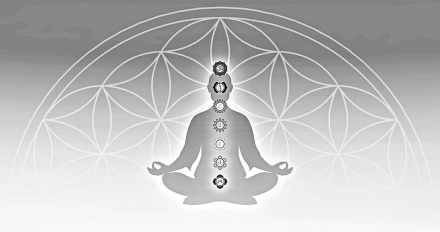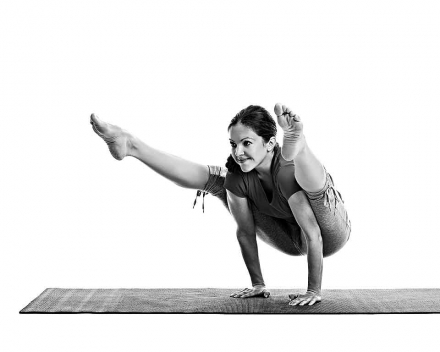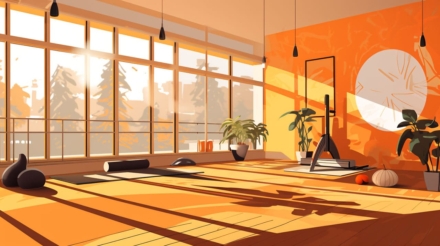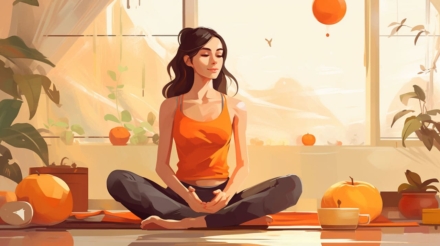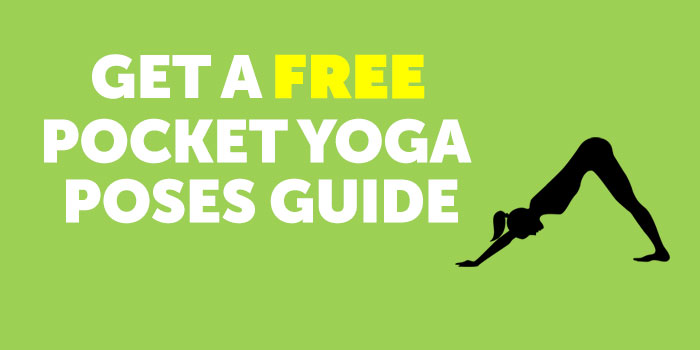Starting your yoga journey can seem like navigating through a sprawling garden, abundant with different paths. Each path represents a unique style of yoga, and finding your ‘flow’ means choosing the right yoga style that fits you perfectly. For beginners, understanding the differences between these styles can be a bit overwhelming.
But there’s no need to worry! We’re here to make your journey smoother. This article aims to guide you through the various styles of yoga, highlighting their unique attributes, and help you choose the one that truly resonates with you.
Understanding Yoga
Before we explore the different styles of yoga, let’s first understand what yoga is all about. Yoga, with its roots in ancient India, is more than just physical exercise—it’s a philosophical system designed to unify the mind, body, and spirit. Nowadays, it’s practiced all over the world, highly valued for its potential to enhance physical health, promote mental clarity, and cultivate spiritual growth.
Yoga Styles for Beginners
1. Hatha Yoga
Hatha yoga, with its slower pace, is often recommended for beginners. This style focuses on mastering basic postures and breathing exercises, making it a great starting point for those new to yoga. ‘Hatha’ translates to ‘forceful’ in Sanskrit, but don’t let that intimidate you! The term merely refers to the physical effort required to execute the asanas (postures). Hatha yoga helps you build a solid foundation, enhancing your balance, strength, and flexibility.
Characteristics of Hatha Yoga:
- Slower pace suitable for beginners.
- Emphasizes basic postures and breathing exercises.
- Focuses on balance, strength, and flexibility.
- Each pose is held for several breaths.
2. Iyengar Yoga
Iyengar Yoga, named after its founder, B.K.S. Iyengar, places emphasis on precision and alignment in postures. This style makes use of various props, like blocks, belts, and bolsters, to achieve the correct alignment. Iyengar Yoga is ideal for those who prefer a meticulous approach to yoga and for those with physical limitations or injuries.
Characteristics of Iyengar Yoga:
- Emphasizes precision and alignment in each pose.
- Uses props such as blocks, belts, and bolsters to aid in correct alignment.
- Poses are held for extended periods.
- Suitable for people with injuries or physical limitations.
3. Restorative Yoga
Restorative Yoga could be your go-to style if you’re stressed or fatigued. This calming style aims to relax and restore your body and mind through gentle poses that are held for a longer duration, usually with the support of props. It’s an excellent choice if you’re seeking a therapeutic yoga style that helps release tension.
Characteristics of Restorative Yoga:
- Gentle and calming style.
- Poses are held for extended periods.
- Uses props to support the body in each pose.
- Aims to promote deep relaxation and stress release.
4. Vinyasa Yoga
Vinyasa Yoga could be a great fit for those who prefer a more dynamic and flowing style. Also known as ‘flow yoga’, Vinyasa links breath with movement in a smooth, dance-like sequence. Each session is different, providing diverse sequences, so you’ll never get bored. While it’s a bit more challenging than Hatha, most beginners can still join in!
Characteristics of Vinyasa Yoga:
- Dynamic and flowing style.
- Links breath with movement.
- Offers diverse and changing sequences.
- More physically demanding compared to Hatha Yoga.
What’s Next?
After familiarizing yourself with these beginner-friendly yoga styles, you might wonder, how do I choose the right one? Consider these questions:
- What are your main goals for practicing yoga? Flexibility, strength, relaxation, or a combination?
- What’s your current fitness level and physical condition?
- Do you prefer a slow and steady pace, or do you like to keep moving?
- Do you enjoy routine, or do you crave variation?
Remember, the beauty of yoga lies in its diversity and adaptability. You’re not confined to one style—feel free to explore and experiment until you find the one that fits you best.
As you commence your yoga journey, remember to practice with patience and self-compassion. Focus on the process rather than the end goal. Yoga is more about the journey than the destination.
Enjoy the exploration!
0



